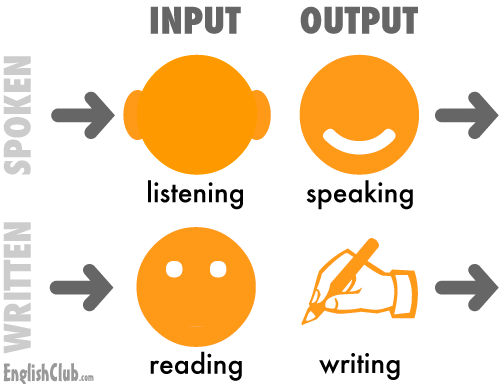
Listening is an activity of paying attention to and trying to get meaning from something we hear. To listen successfully to spoken language, we need to be able to work out what meaning the speaker / speakers are trying to convey. When speakers use words, they are using particular words in particular ways on particular occasions, and not simply to understand the words themselves.

Casual listening
Casual listening is to listen with no purpose in mind or any particular aim. We do not pay much attention and we are listening without much concentration. For examples, we listen to the radio while we are doing homework; chatting with a friend without any purpose or aim in casual talk, listening to TV news or other programmers without paying much attention to what we are listening to, and many others. While we are listening casually, we do not listen very closely.

Focused listening
Focused listening is listening with concentration. At a period of times, we listen for a particular purpose, to find out information we need to know. For example, we might be listening to important news on the radio or TV about election results, or weather forecast etc. We might also be listening to someone explaining how to cook food, or the teacher giving important instructions about an examination. All of these, we listen much more closely and we also try to listen for the most important points or for particular information. In this kind of listening, we know what we are listening for (the things we want to know- names, figures, numbers, amounts, etc). This helps us to listen in a more focused manner.
Listening, in many cases, is described as a passive skill (like reading). But in reality, it is not. People feel that while listening, we are passively "hearing" what others are saying and then responding mechanically.
Example clip for teaching listening plan: listening.flvSample listening teaching material







